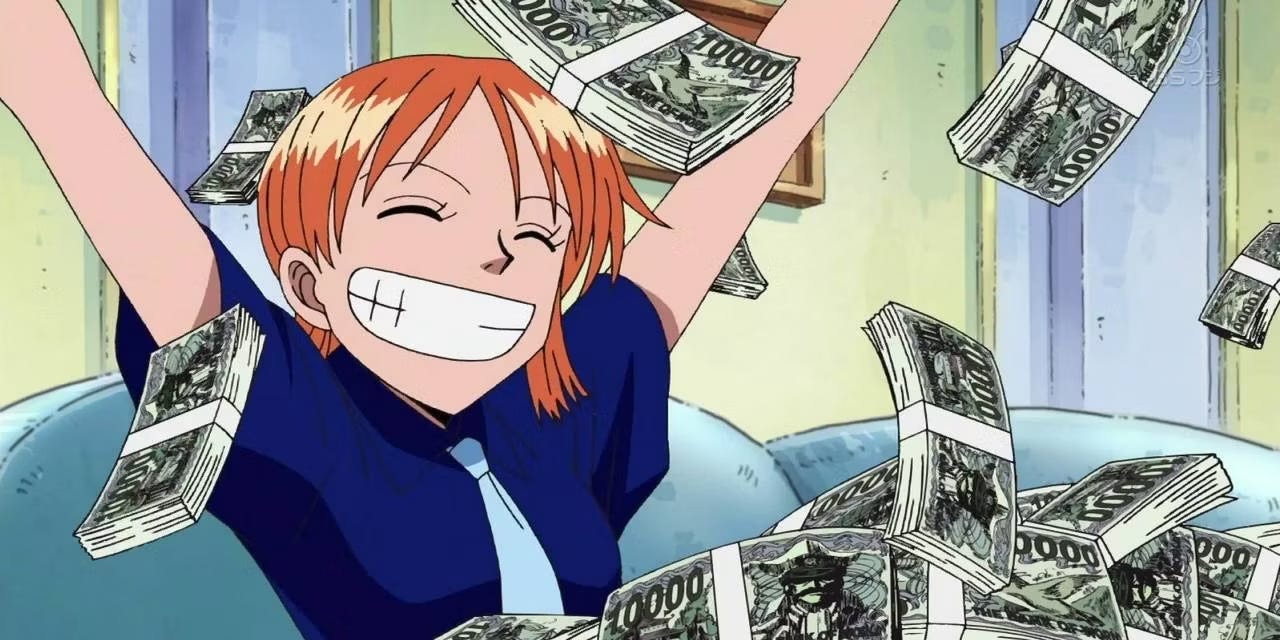Manga is the Rock 'n' Roll of Gen Z
And the biggest hits come from Shonen Jump, which turns 55 this month
Some housekeeping: an announcement for subscribers! I’ve released the first “audiobook” version of one of my essays. You can hear the dulcet tones of my voice reading Did Mario teach Zuckerberg everything he knows? (which suddenly, inexplicably just popped into my head in a Gilbert Gottfried voice, …
Keep reading with a 7-day free trial
Subscribe to Matt Alt's Pure Invention to keep reading this post and get 7 days of free access to the full post archives.



